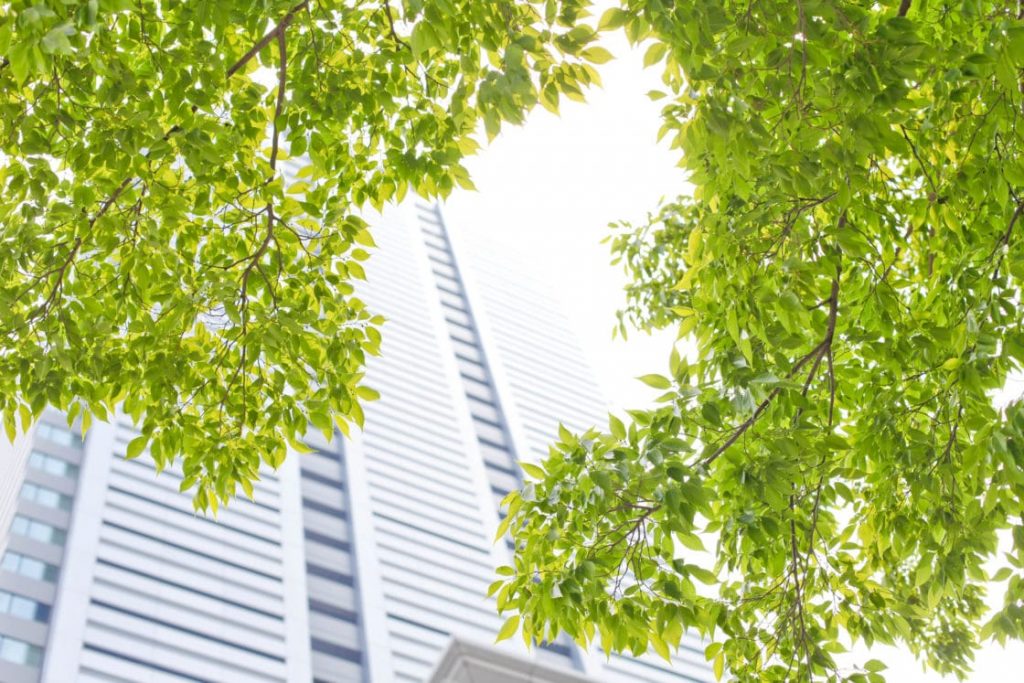Sustainability
LEED Certified
Green building significantly reduces the negative environmental impact of conventional building construction and operation while also reducing operating costs and increasing occupants’ satisfaction, health, and productivity. LEED, or Leadership in Energy & Environmental Design, certified buildings save money and resources and have a positive impact on the health of occupants, while promoting renewable, clean energy. Tata & Howard has LEED certified staff able to assist you with any water, wastewater, or stormwater projects requiring LEED certification.

Benefits of Green Building
Building design, construction, and operation all have a very large impact on our environment. Buildings annually consume more than 30% of the total energy and more than 60% of the electricity used in the U.S., while five billion gallons of potable water is used each day solely for flushing toilets. In addition, traditional development strips the land of natural, biologically diverse habitats, creating large areas of impervious cover devoid of vegetation.
Features of LEED
The LEED Green Building Rating System is a voluntary, market-driven building rating system based on existing, proven technology. It provides a definitive standard for what constitutes a green building by evaluating environmental performance from a whole building perspective over a building’s life cycle. LEED is a measurement system designed for rating new or existing industrial, residential, or commercial buildings, and is based on industry-accepted environmental and energy principles. LEED strikes a balance between known established practices and emerging concepts, and is designed to be comprehensive in scope, yet simple in operation.
When to Use LEED for New Construction
LEED for New Construction was designed for new commercial office buildings, but LEED® practitioners have since applied it to many other building types, including major renovations. All commercial buildings, both public and private, are eligible for certification as a LEED for New Construction building, including water and wastewater treatment facilities.
LEED for New Construction addresses the following:
- Sustainable Sites
- Water Efficiency
- Energy & Atmosphere
- Materials & Resources
- Indoor Environmental Quality
- Innovation in Design
The intent of LEED for New Construction is to assist in the creation of high performance, healthful, durable, affordable, and environmentally sound commercial and institutional buildings.

 The recent availability of grant and incentive monies for sustainable initiatives has enhanced the sustainable market. As the importance of economic and resource conservation becomes more evident, Tata & Howard continues to be industry leaders on sustainability, such as pump efficiencies, solar panels, and other green initiatives.
The recent availability of grant and incentive monies for sustainable initiatives has enhanced the sustainable market. As the importance of economic and resource conservation becomes more evident, Tata & Howard continues to be industry leaders on sustainability, such as pump efficiencies, solar panels, and other green initiatives.